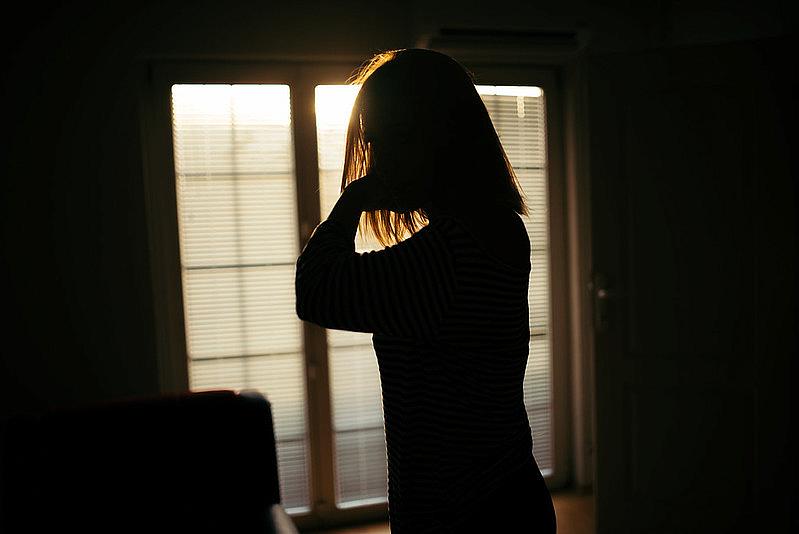A reporter investigates Alaska’s domestic violence crisis

(Photo by Nenad Stojkovic via Flickr/Creative Commons)
Alaska has one of the highest rates of domestic violence in the nation, and cases are likely underreported in part due to the extreme challenge of reaching the state’s rural and remote populations.
In a University of Alaska Anchorage statewide survey, more than half of all women said they had experienced intimate partner violence. The geographic challenges that make the problem hard to track also makes it hard to address. Access to medical and legal services is often contingent on complicated travel from far-flung destinations without road access. Survivors must travel by small planes, ice roads or boats in tiny communities where secrets are hard to keep.
The crisis has grave health consequences. Alaska has a high rate of maternal mortality, and the number has been trending up in the last 10 years. A review of 57 maternal deaths that occurred during pregnancy or within a year after birth found that 70% of the women had a history of intimate partner violence. The deaths in Alaska don’t usually come from pregnancy or delivery. Most are a result of violence or overdose. In fact, there were nearly as many maternal deaths from homicide and assault as there were from complications during childbirth.
Schools are often a focal point for events, internet access, and access to health services in remote communities. They’re also often the first place children go after a domestic violence event in their homes. But Alaska schools are chronically underfunded and short-staffed. That means counselor and teacher positions can turn over quickly or go unfilled. Lack of state funding to address equity issues in Alaska schools doesn’t threaten just education, but also the security of crucial access points to care.
With support from the USC Center for Health Journalism 2023 Domestic Violence Impact Fund, our stories will investigate the scope of domestic violence in the state and track how survivors navigate domestic violence through Alaska’s justice, health and education systems.
Alaska Native women experience intimate partner violence at a rate up to 10 times the U.S. average. Our work will explore how they access the justice system and how the state justice system and the tribal courts interact on questions of domestic violence for Native women and children. For example, one Alaska legal service trains volunteers in remote communities to help women experiencing domestic violence navigate their legal rights. That means a shelter worker in Hooper Bay can help a survivor file a protective order. The same group is also working to get waivers that would allow non-attorney advocates to be present in court with survivors — a solution unique to Alaska.
The state is beginning a pilot program that uses culturally informed doula care to address these preventable deaths. The program is available only in Anchorage, but our reporting will examine whether such an intervention is effective and what it would take to scale it across such a diverse state.
Our reporting will use the available data along with accounts from survivors, advocates, educators, justice workers and health workers who track the qualitative effects of, and possible solutions to, the consistently high rate of domestic violence in Alaska’s remote communities.
